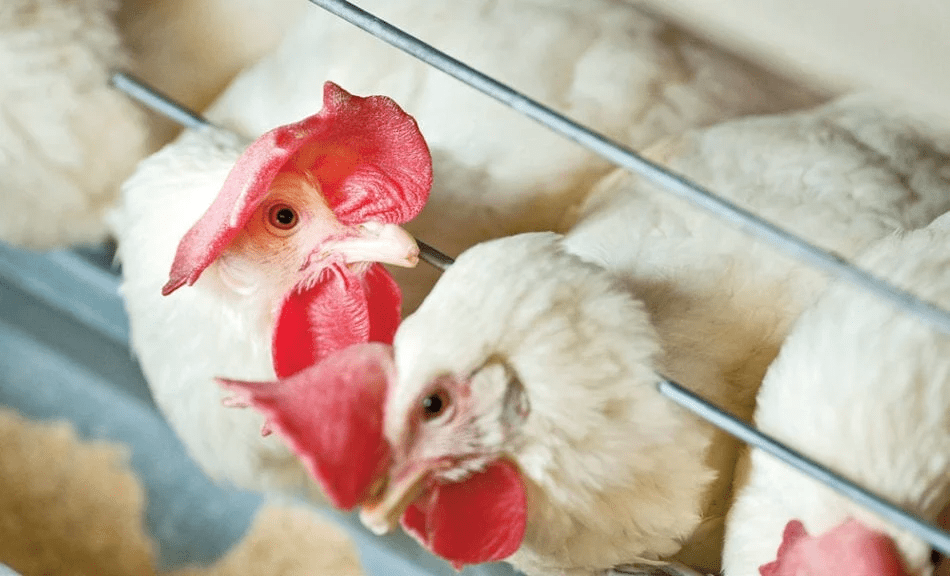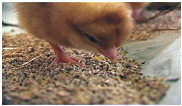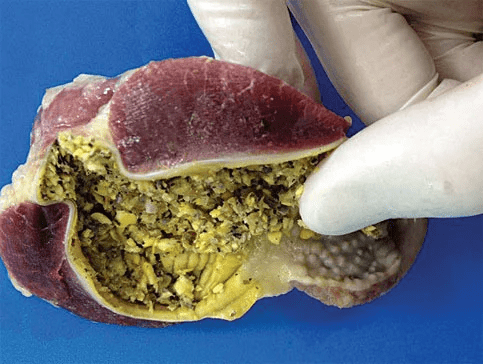It is important to consider the nutritional implications of a beak trimming ban.
ZOE KAY
Proper nutrition, lighting strategies, red mite control, ranging and the use of white hen breeds can reduce the welfare concerns of feather pecking among laying hens.

Proper nutrition, lighting strategies, red mite control, ranging and the use of white hen breeds can reduce the welfare concerns of feather pecking among laying hens.
The topic of beak trimming laying hens is a controversial one, which is leading to bans in an increasing number of countries. However, all agree that ensuring that the birds’ diet is right will help to reduce the incidence of feather pecking and cannibalism by focusing on feed form, protein level, amino acid balance and fiber inclusion.
While feather pecking is a welfare issue itself, the practice of beak trimming is also under scrutiny. There are many reasons why pecking behaviors start, but one under control of nutritionists is the potential drive to find another source of protein or fiber. Optimal diet formulation is essential in both rear and lay. Deficiencies, particularly in amino acids, or a lack of fiber could result in feather pecking as birds seek the nutrients that they need. However, a ban on the practice driven by market pressure is particularly difficult in non-cage laying systems where bird interactions are much greater.

Why are laying hens beak trimmed?
As day-old chicks, birds are vaccinated and the growing point of the very sharp tip of the beak is removed. This treatment is done using an infrared beam, which means it shrivels and doesn’t grow. As the bird grows, it has a healthy beak — it can eat and drink and forage normally — but it has also been “disarmed,” making it more difficult to injure its flock mates.
The sharp tip of a day-old chick’s beak is removed to prevent injury to its flock mates.
Many believe that this treatment serves to protect bird health and welfare by removing the small part of the beak that does the damage when feather pecking occurs. However, others consider it is a mutilation and have concerns regarding the pain caused.
Beak trimming has been banned in Germany and the Netherlands since 2016, extending to the rest of the European Union in 2019. In the U.K., the Code of Welfare for Laying Hens states that routine beak trimming should stop as soon as reasonably possible. To achieve this, every effort is needed by owners and keepers to reduce injurious pecking in their flocks. Many predicted that bans around the world will follow with those in the United States, questioning whether producers are ready for the change and that companies should start trials now.
If organic eggs are being produced, then the practice of beak trimming will be prohibited by the certification body. However, lower stocking densities and smaller flock sizes assist in the management of aggression in organic flocks.
Nutritional balance for preventing feather pecking
Non-beak trimmed layers do not start feather pecking because they have not been beak trimmed; they do so due to some form of stress. This may be related to their environment, health, housing or nutrition. However, non-beak-trimmed layers do not have a different nutritional requirement to beak trimmed layers — they just need everything to be 100% perfect to avoid stress.
The diet must be formulated to match the birds’ requirements, helping them to stay healthy and productive throughout their lives. The nutrition in the rear is key to preparing the hen for onset of lay and a successful laying period.
The physical structure of the feed is key to stimulate gut physiology and maintain gut health. Higher levels of feather pecking have been reported when feeding pellets. Crumb can be useful for the first few weeks of rear, but a mash is undoubtedly the best way to feed laying hens, as it is an efficient form that encourages the birds to eat for longer and minimizes wastage. This form also helps to develop the muscular walls of the gizzard and support digestion.
The grist/particle size of the mash is important. If the grist is too small, the birds cannot pick it up. If it is too large, they may be picked out, which leads to an unbalanced diet. Between 75 to 80% of the particles should be between 0.5 and 3.2 mm.
Promoting digestive health
The hen’s diet should supply a mixture of dietary fiber to help the bird find a digestive balance. This will help hens maintain an optimum gut microbiota, as well as helping to prevent vices such as feather pecking.
Insoluble fiber is particularly important and a lack of it in the diet leads to feather eating. A higher fiber diet will also increase the time birds spend eating, satisfying their need to peck and reducing the time available for negative bird interactions. This is just as important in the rear as it is in lay.
Feather pecking is a redirected foraging behavior and can be caused by an unbalanced diet.
Feather pecking is primarily a redirected foraging behavior. Birds can start to forage or even feed on each other’s feathers when they do not have a balanced diet or sufficient opportunities in their surroundings for normal feeding and foraging behavior. Factors such as stress, disease and overcrowding can reduce normal foraging behavior and trigger injurious forms of pecking.
Properly sized mash feed helps to develop the muscular walls of the hen’s gizzard and supports better digestion.
Fiber also has a positive effect on gut motility and satiety. Accumulating coarse fibers in the gizzard may increase the feeling of “fullness” and reduce the propensity to peck and eat feathers of other birds.
Utilizing feed ingredients, such as sunflower meal, provides protein and is an excellent source of structural fiber. Specialized fiber additives based on lignocellulose can also be used, with specific benefits for the gut microflora.
Free choice fiber sources, e.g., bales of hay, straw or lucerne and alfalfa blocks, provide enrichment to peck at as well as supplementary fiber.
Importance of protein and amino acids
A laying hen’s body will naturally prioritize methionine and cysteine for egg production before growth or feather development. Cysteine and methionine are involved in the synthesis of feather keratin and are deposited in feathers, which contain approximately 4% Met+Cys (3.4% Cys). If the diet is deficient in these essential amino acids, birds may seek it out in feathers. When feather cover is compromised, it makes birds more vulnerable to injurious pecking.
Free choice fiber sources provide an enrichment to peck at as well as supplementary fiber.
Diet changes are a source of stress and have been shown to significantly increase the incidence of injurious pecking. This may be because the new diet is less palatable or because the protein level has been reduced too soon and is not meeting their requirement for growth.
A joined-up approach
While this article is focused on nutritional interventions, proper management, health and genetics all play key roles in the aim to stop feather pecking before it starts, for example, controlling red mite, lighting strategies, encouraging ranging and the use of white breeds of hens, which are less reactive.
Feed adjustments have been made in Germany and the Netherlands since the trimming ban. Their experience has been that non-beak trimmed hens have higher feed consumption (2 to 3 grams/day), production is good and feather cover is generally acceptable. However, the birds are more sensitive to stressful situations — with nutrition and management during rear having a major impact.

DIET CHANGES ARE A source of stress.

The needs of a fully beaked bird are not inherently different from one that has been trimmed. However, when faced with stressors, the potential for injurious pecking is greater. It has been said that fully beaked birds do not tolerate mistakes — nutrition and management must be perfect. To a lesser extent, the same could be said of the difference between intensively reared and cage-free laying hens. One thing is certain, feed structure is key, along with nutrient balance and enrichment.

Zoe Kay is an independent consultant providing technical services to the animal health and nutrition industry. She can be reached at cuckooconsulting@gmail.com.